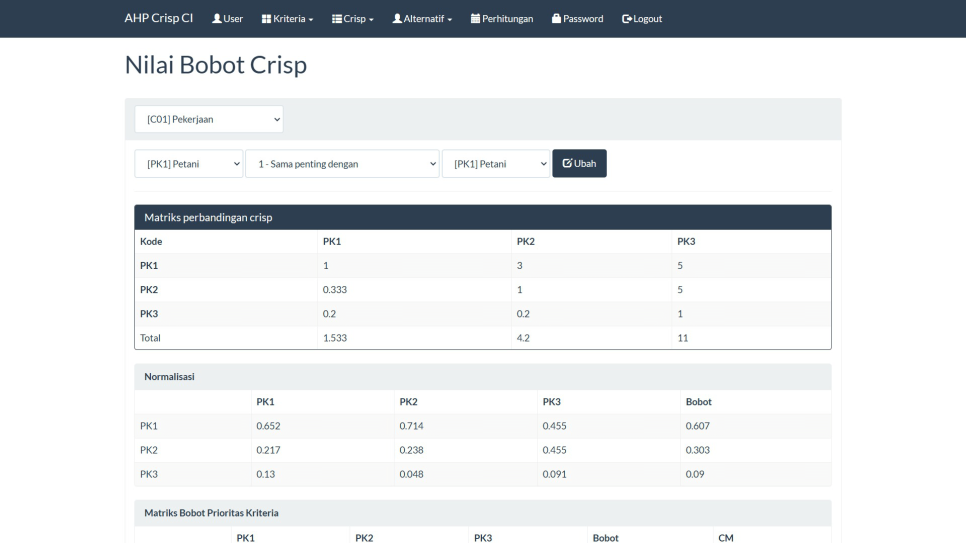
Algorithms act as an exact list of instructions that conduct specified actions step by step in either hardware- or software-based routines.Īlgorithms are widely used throughout all areas of IT. Gillis, Technical Writer and EditorĪn algorithm is a procedure used for solving a problem or performing a computation.
Source code algoritma greedy code#
The code finds the shortest distances from the source to all vertices.The code is for undirected graphs, the same Dijkstra function can be used for directed graphs also.
Source code algoritma greedy update#
Create a parent array, update the parent array when distance is updated (like prim’s implementation), and use it to show the shortest path from source to different vertices.


We repeat the above steps until sptSet includes all vertices of the given graph. The distance value of vertex 5 and 8 are updated. Update the distance values of adjacent vertices of 6.The set sptSet is initially empty and distances assigned to vertices are.Array dist is used to store the shortest distance values of all vertices. If a value sptSet is true, then vertex v is included in SPT, otherwise not. Note: We use a boolean array sptSet to represent the set of vertices included in SPT. For every adjacent vertex v, if the sum of the distance value of u (from source) and weight of edge u-v, is less than the distance value of v, then update the distance value of v.To update the distance values, iterate through all adjacent vertices.Then update distance value of all adjacent vertices of u.Pick a vertex u which is not there in sptSet and has a minimum distance value.While sptSet doesn’t include all vertices.Assign the distance value as 0 for the source vertex so that it is picked first. Initialize all distance values as INFINITE. Assign a distance value to all vertices in the input graph.Create a set sptSet (shortest path tree set) that keeps track of vertices included in the shortest-path tree, i.e., whose minimum distance from the source is calculated and finalized.At every step of the algorithm, find a vertex that is in the other set (set not yet included) and has a minimum distance from the source.įollow the steps below to solve the problem: Maintain two sets, one set contains vertices included in the shortest-path tree, other set includes vertices not yet included in the shortest-path tree. Like Prim’s MST, generate a SPT (shortest path tree) with a given source as a root.


Try It! Dijkstra shortest path algorithm using Prim’s Algorithm in O(V 2):ĭijkstra’s algorithm is very similar to Prim’s algorithm for minimum spanning tree.


 0 kommentar(er)
0 kommentar(er)
